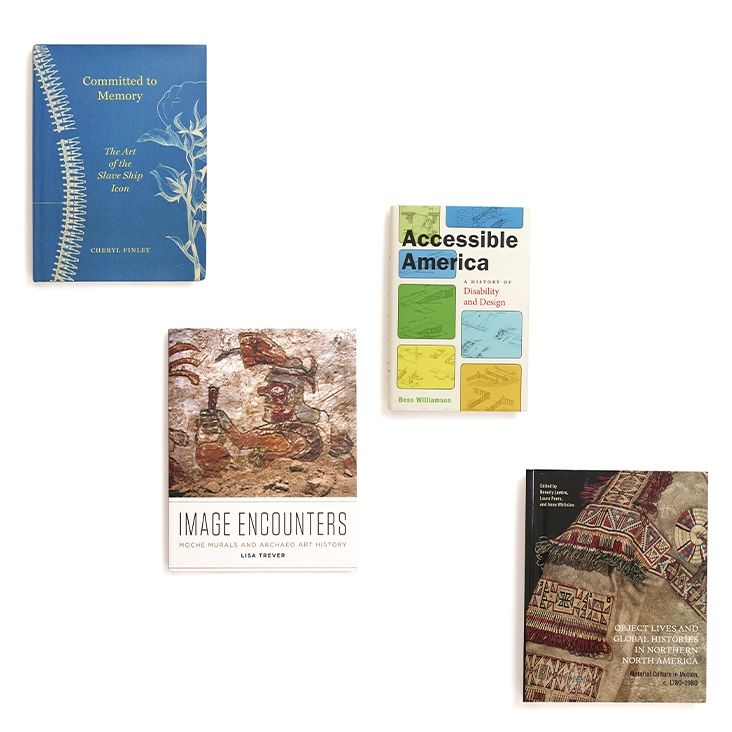Introduction
The late nineteenth century brought
dramatic change to the First Nations inhabiting the Northwest Coast of North
America. Increasing colonial settlement, commerce, and governance interfered
with existing ways of life. In response, Native people revised earlier cultural
practices and forms of artistic production to accommodate these new historical
and political conditions. Meanwhile, thousands of objects left the coast in
this era of rampant museum collecting. Yet exhibitions often dehistoricize
these materials in order to reconstruct precolonial cultural patterns or to
classify tribal aesthetic styles. While old museum collections are typically
seen to provide touchstones of “classic” or “traditional” art, they are rather
repositories of objects that were products of—and witness to—significant
cultural upheaval.
Objects of Exchange examines the
material culture of the period for visual evidence of historical flux and
shifting social relations within Native groups as well as between them and the
surrounding settler nations of Canada and the United States. It focuses on
objects—variously construed as art, artifact, and commodity—that challenge
well-established stylistic or cultural categories and that reflect patterns of
intercultural exchange and transformation. Drawing on the remarkable
collections at the American Museum of Natural History (AMNH), this exhibition
reveals the artistic traces of dynamic indigenous activity whereby objects were
altered, repurposed, and adapted to keep up with changing times.
Rather than approach
the late nineteenth century as the culmination of some purportedly traditional
moment in indigenous life, Objects of Exchange
suggests that the particular contexts of colonialism demanded the rapid entry
of Native people into modernity. Although some aspects of colonial culture were
certainly imposed upon the First Nations, they also demonstrated considerable
agency in adapting and trans-forming others. New options for identity drew
selectively on multiple material cultures as artists set out to strike a
balance between constructions of self and other, between ceremonialism and
commerce, and between the various values attached to the past, present, and
future—decisions that still reverberate for indigenous peoples today. The
voices of contemporary First Nations artists and scholars—available in the
exhibition through audio recordings—reflect both the current cultural vitality
on the coast and the intercultural histories embodied in these complex objects.
Objects of Exchange was curated by BGC
Professor Aaron Glass along with his students, who conducted primary research
on the objects and contributed interpretive texts: Emily Deason, Lara
Hutcheman, Mei-Ling Israel, Eugenia Kisin, Rebecca Klassen, Cassidy Luitjen,
Lauren McDaniel, Catherine Brooke Penaloza, and Eleanor Williams.
Cultural Contexts of Encounter and
Collection
Centuries before the arrival of Europeans
and Russians on the Northwest Coast in the late 1700s, the First Nations had
developed sophisticated visual and material cultures closely tied to their
hierarchical social systems and complex cosmologies, which persist today.
Personal identity and hereditary wealth are tied to the clan or extended
lineage, which marks its physical property with heraldic crests or ancestral
beings. A refined stylistic system is used to define highly standardized motifs
with a few basic components, especially undulating black “formlines.” However,
visual accessibility and public display of conventional motifs is held in check
by protocols of private knowledge, whereby social prestige is reinforced
through restricted access to meanings. This tension plays out in most contexts
for the display of decorated objects, including the presentation of material
wealth and hereditary prerogatives at potlatches (ceremonial feasts at which
property is demonstrated and distributed as gifts), and the use of regalia by
shamans, ritual specialists, and performers to manage relations with ancestors
and the supernatural world.
The mid-1800s brought
innumerable changes to Native people resulting from the commercial impact of
the fur trade and gold rush, the gradual eradication of intertribal warfare,
and the modernization of technology that resulted in a florescence of art and
material culture. By century’s end, a number of factors increased the pace of
social transformation: the arrival of settlers, missionaries, and tourists;
devastating depopulation from introduced diseases; Indian administration
bureaucracies and land allotments; and assimilation policies such as Canadian
prohibition of the potlatch and forced attendance at boarding schools. While
indigenous people were under increasing pressure from without, they also drew
on cultural principles that guided creative adaptation to colonial structures
of power.
This was the world of
great flux into which museum collectors ventured in order to “salvage” the
apparently vanishing traces of pre-contact aboriginal life. Collectors for the
AMNH had various relations to Native people, institutional support, ideological
and commercial agendas, and notions of authenticity in the object. Heber R. Bishop was a museum trustee and
wealthy New York industrialist who employed Israel
W. Powell, the first Superintendent of Indian Affairs for coastal British
Columbia. Lieutenant George T. Emmons was
an amateur ethnologist and naval captain stationed in Alaska. Museum curator
Franz Boas, long considered the father of American anthropology, coordinated
the Jesup North Pacific Expedition to assemble vestiges of “authentic” material
culture before Native people succumbed to Euro-American assimilation. Boas
worked with a number of assistants, including John Swanton, Harlan I. Smith, and Charles Newcombe, as well as coastal Natives such as George Hunt. Wealthy museum patrons and
coastal travelers, unencumbered by scholarly motives, provided large numbers of
souvenir objects.
Themes of the Exhibition
The thirty-seven featured objects
illustrate fifteen overlapping themes of social, cultural, and material
transition. These are concepts relevant to the interpretation of the objects
rather than rigidly defined categories to which the objects belong. These
fifteen terms are included as “tags” on the object labels and are presented on
this Website on an interactive tag cloud (which was available on a touch screen
monitor in the exhibit). Audio and video interviews with First Nations artists
and scholars present discussions about the objects and themes (audio files were
available on iPods for visitor use during the exhibition run).
Some themes focus on
material and aesthetic attributes: objects with iconographic reference to
physical or spiritual transformation; objects that are stylistic hybrids
drawing on multiple aesthetic systems; that appear to be multiples, duplicates,
or derivations occurring in highly conventionalized forms, or that are
non-canonical and do not conform to strict stylistic formulae; that feature
English text, legible or not; and that are seemingly influenced by the imagery
of Euro-American sailing ships.
Other themes call
attention to the social biographies of objects: those that overtly illustrate
the diffusion of forms, functions, motifs, materials, and mythological or
ritual elements; objects in which novel trade materials or motifs were
thoroughly indigenized and adapted for existing quotidian and ceremonial use;
that reveal direct material traces of physical or functional repurposing; and
that have been misidentified, according to iconography, individual maker, or
tribal affiliation.
A related set of
themes characterize objects that were directly implicated into colonial social
relations: souvenir objects made specifically for sale to foreigners; objects
revealing the commercial impact of the Hudson’s Bay Company; those whose form
or function may have been altered as a result of the encroachment of
Christianity; objects and images relating to changing mortuary practice under
missionary influence; and miniature models collected or commissioned by
ethnographers to illustrate cultural forms.


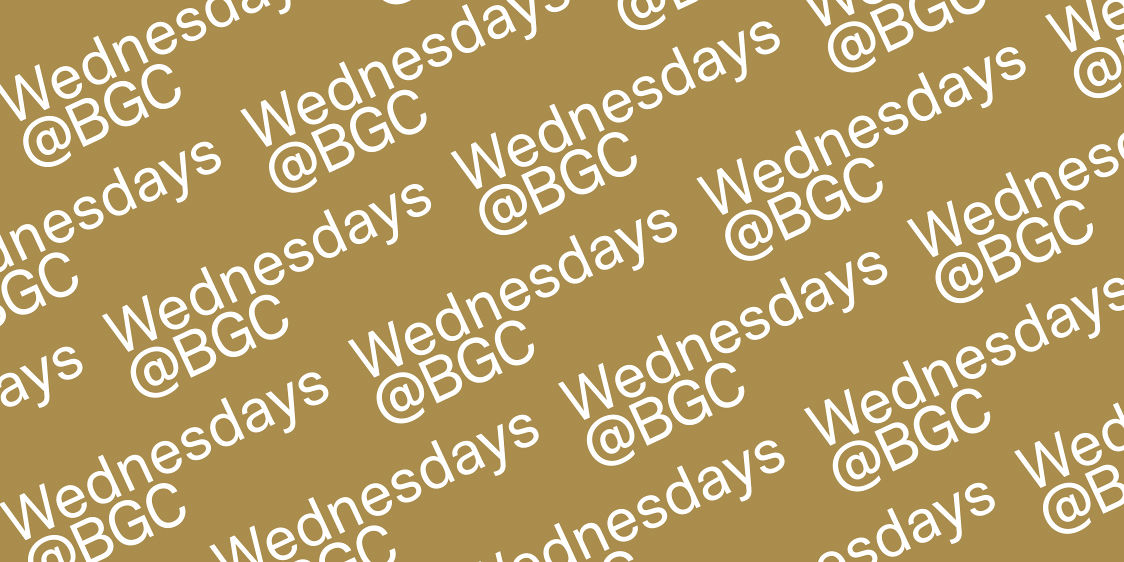
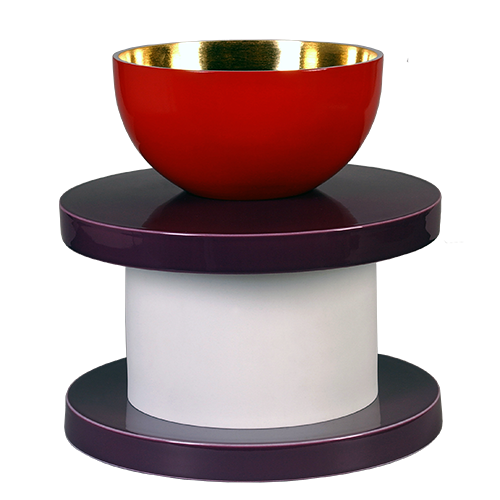
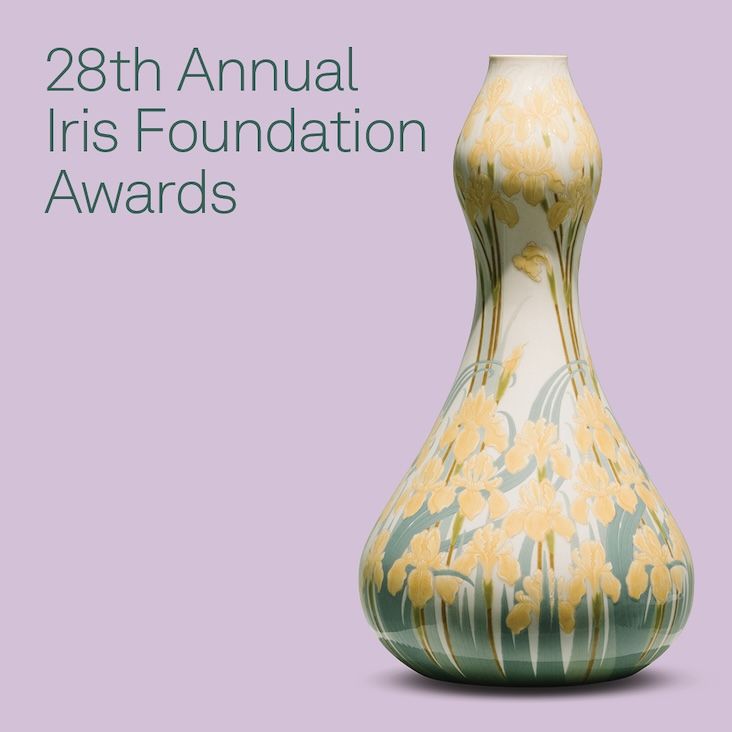




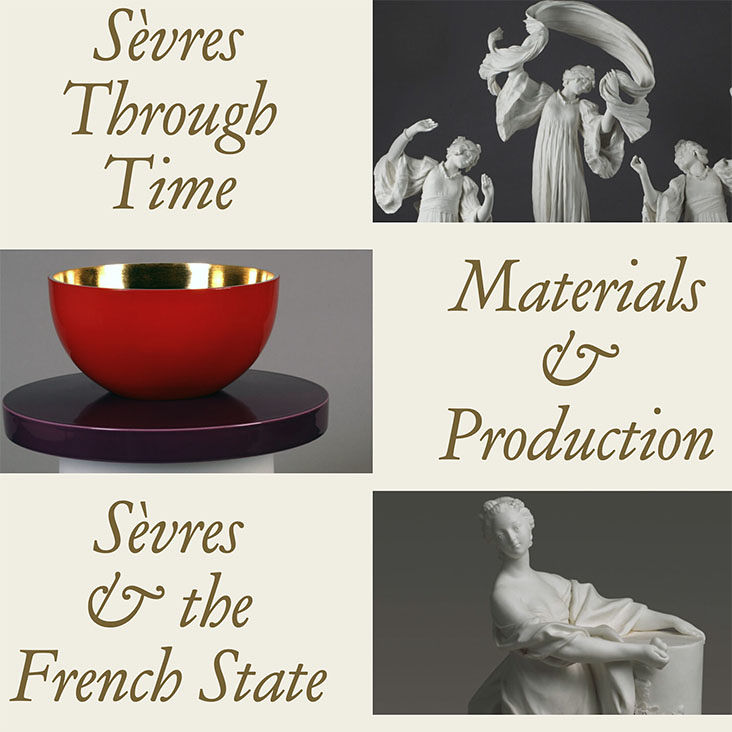
.jpg,732x732,c)








